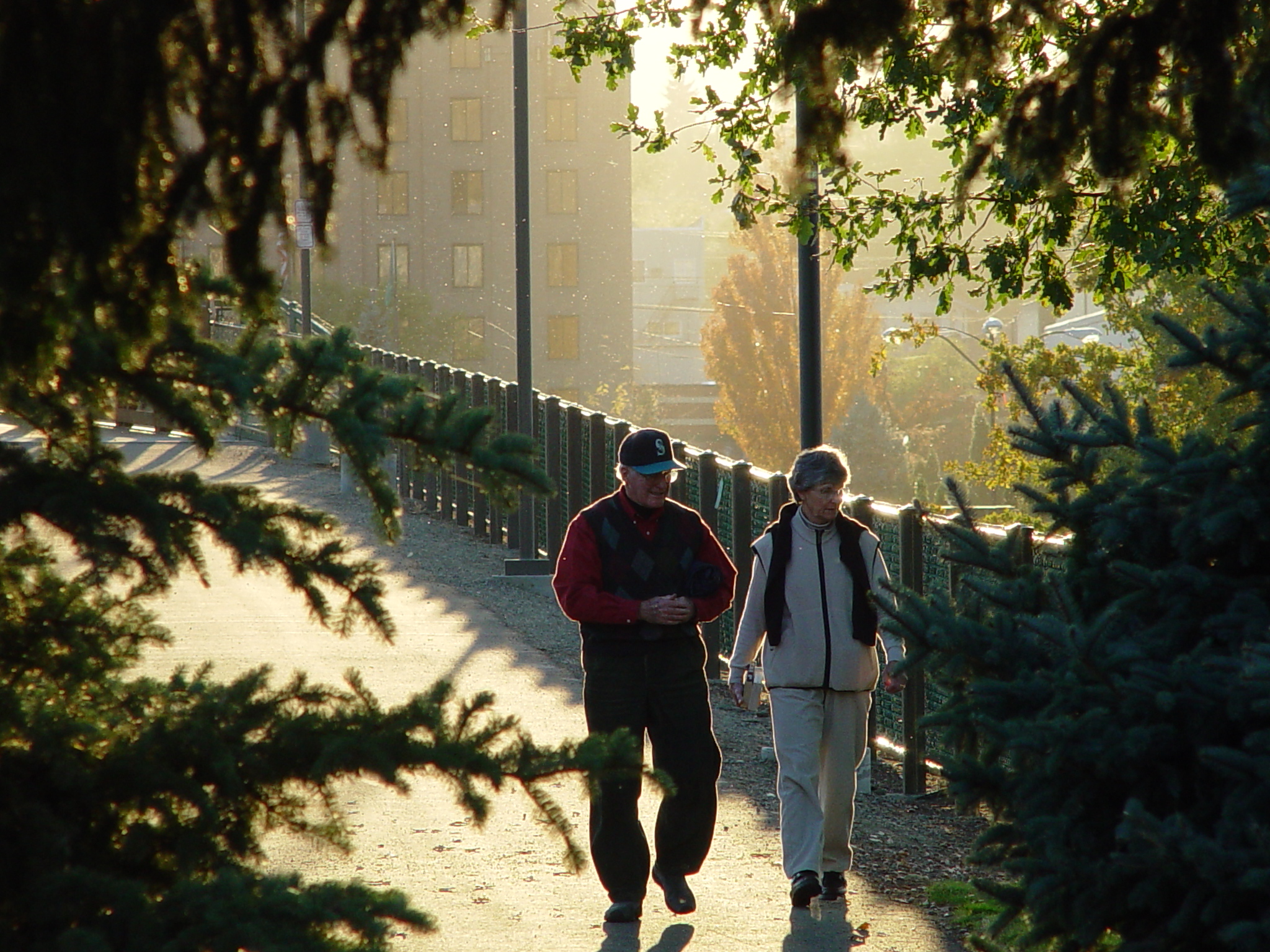COVID-19 has raised so many questions in our lives – and provided a few answers. Abrupt life changes have put into sharp focus what is important and valued. The experience of shelter-in-place, and figuring out how to continue work, school and personal relationships, has generated some creative solutions. As re-entry happens, we’ll weigh what of our former lifestyles to revive, modify or put aside.
Within all of this is an undercurrent of fear, anxiety, and stress. Those people working in essential services, such as healthcare, transit, and essential goods retailers have apprehensions about constant contact with people and adequacy of PPE. Many of us feel the mental strain of uncertainty, now and for the months to come.
I’ve been doing work in environmental psychology for decades, conducting research and communications about the importance of nearby nature experiences. I have never encountered the level of public sentiment now being expressed about the solace of nature and healing potential. As we carefully consider when we can leave our homes, and for how long, time outdoors has become precious. There is a heightened sense of nature’s healing qualities.
Hundreds of studies indicate that time in nature can improve mental health. Brief outdoor experiences, within our gardens and in public spaces, are helpful for psychological function in two ways. Nature can be protective, in that it reduces the conditions that lead to illness, such as reducing stress, anxiety and improving our cognitive function. Nature experiences can also be therapeutic, as time outdoors can reduce clinical symptoms of depression, ADHD, and dementia. Across various studies, the ‘dosage’ for benefit ranges from as little as 20 minutes up to an hour.
Another health risk of shelter-in-place is loneliness. People who are socially isolated are more prone to illness and may not recover from sickness as quickly. Loneliness has become a health risk of concern in several industrialized nations. The U.K. health services actually designated a minister of loneliness in 2018.
In this time of isolation by necessity, nature experiences can be one of the ways that we interact with others to maintain social relationships. Washington’s state parks were one of the first facilities to re-open, available for hiking by household and small groups. City parks have been in high demand, and some cities, including Seattle, have reconfigured streets to allow more pedestrian and bicycle use. Our favorite examples of digital nature can also be used to socially connect with others. Web cams at zoos or aquariums, nature documentaries, yes even cute animal videos, can be fascinating and humorous prompts for interacting with others.
What does this mean for conservation policy? These intimate, close-to-home encounters with nature, and the therapeutic relief they bring, are insights to the extraordinary importance of public green space and natural areas. The Emerald Alliance seeks to protect and expand the many benefits and services provided by landscapes across the jurisdictions of the central Puget Sound region. But in these extraordinary times, the need to sustain our natural systems has become more personal. We need big visions and committed action to assure that people all across the region can find quality, accessible green space within reach of their homes and communities. The challenge is to think of parks, gardens and natural areas not as distinct parcels that seem randomly distributed, but to envision these assets as a type of healthcare system that is connected across jurisdictions and is planned holistically.
Can we build on our hunger to get outdoors, the urge to green, to promote better policies that provide for the solace of nature, even in the best of times?
Kathleen Wolf, Ph.D.
University of Washington
kwolf@uw.edu
http://www.naturewithin.info/webCV.KWolf.pdf
Photo credit: Guy Kramer

Recent Comments